Elon Musk has just unveiled the Tesla Cybercab, a revolutionary step in the world of electric vehicles. For those who enjoy sitting in the owners corner, this is fantastic news. However, traditional gearheads might find this development disheartening, as the Cybercab is fully autonomous—meaning it lacks not just a driver, but also a steering wheel, gas, or brake pedals. We’re truly moving toward an “I, Robot” era.

Musk emphasizes that the Cybercab will transition from supervised self-driving to fully autonomous driving. However, the concept of “supervision” seems redundant without traditional controls. These supervisors may simply help passengers adjust to the absence of a human driver.

“Just like that?” – As with any new technology, safety is a pressing concern. Many people, especially in Nigeria, may wonder if a fully autonomous vehicle could pose risks. This skepticism is valid, given Tesla’s history with self-driving incidents.
In past situations, drivers were able to take control of the vehicle. Without steering or pedals, that option disappears in the Cybercab. However, Musk assures us that Tesla has learned from previous mistakes and developed a dedicated autonomous system designed to prioritize passenger safety. He claims that the Cybercab will ultimately be safer than human-driven cabs.

One of Musk’s key goals with the Cybercab is to reduce the cost of owning an electric vehicle. Tesla has often been associated with high price tags; for instance, the Tesla Model 3 starts at $38,990 (approximately 68 million naira). Musk promises that the Cybercab will be priced below $30,000 (approximately 49 million naira), making it more accessible to a broader audience.
Visually, the Cybercab resembles a miniature Cybertruck, maintaining that futuristic stainless-steel look. Its design features a two-door coupe style and an elongated LED light running across the rear, reminiscent of the Cybertruck. Inside, the Cybercab embraces Tesla’s minimalist aesthetic, highlighted by a large infotainment screen and striking butterfly doors that evoke luxury and innovation.

During the reveal, Musk also introduced an autonomous van, the Robovan, which can accommodate up to 20 passengers. This innovation feels like something straight out of a science fiction movie, reminding us of cinematic visions of the future.

The Tesla Cybercab represents a significant stride toward an electric and autonomous future. While questions about safety and technology persist, the potential for a more affordable, innovative transportation option is promising. The Cybercab will be available before 2027, and it stands as a testament to the evolving landscape of motoring. What are your thoughts on this new direction for Tesla?



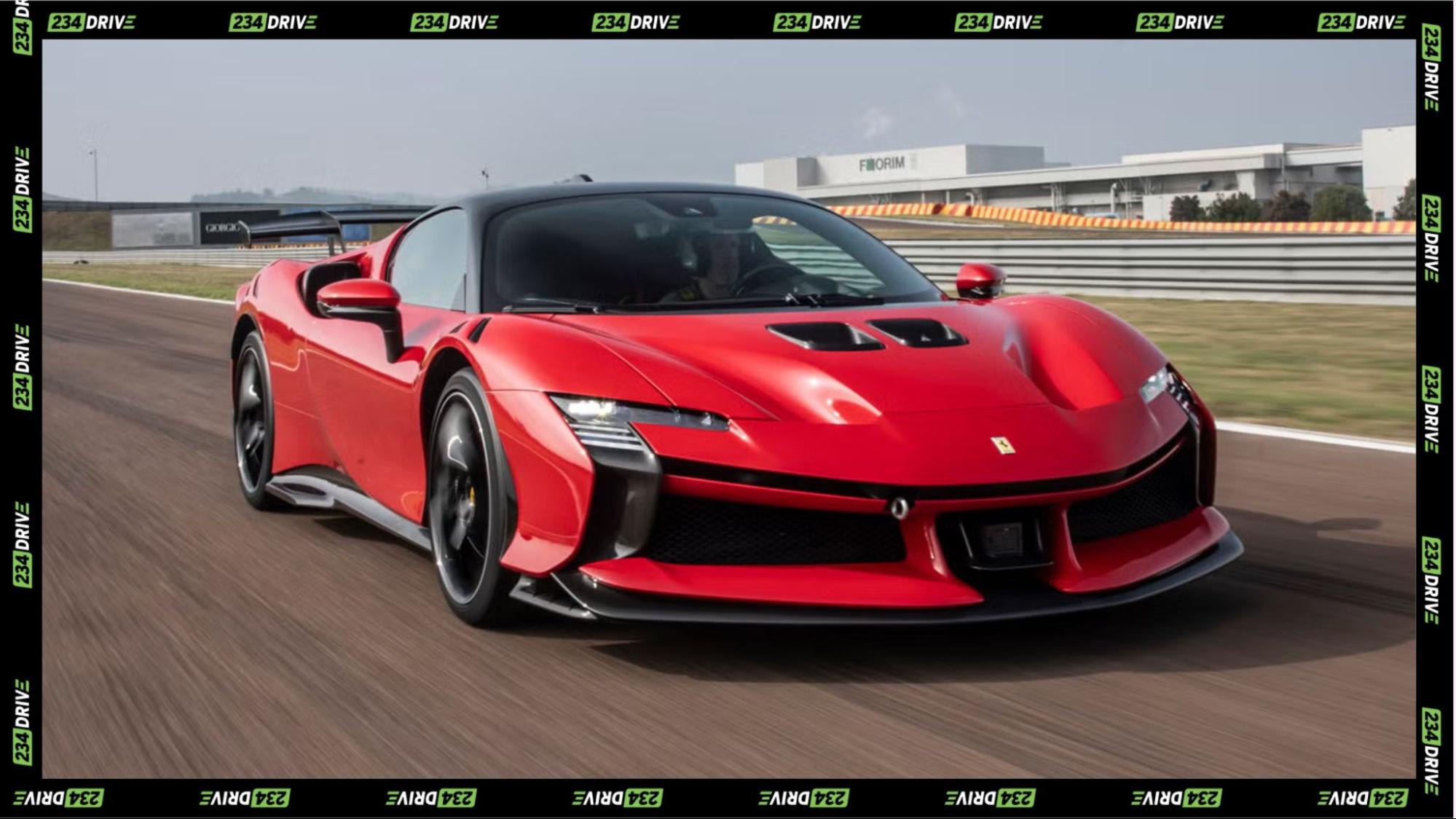
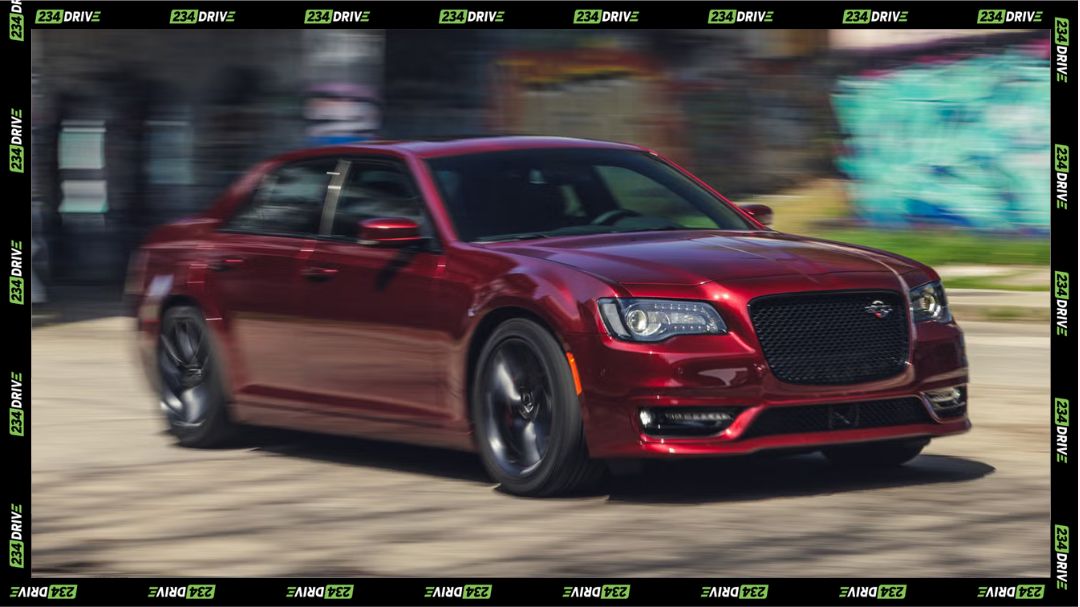
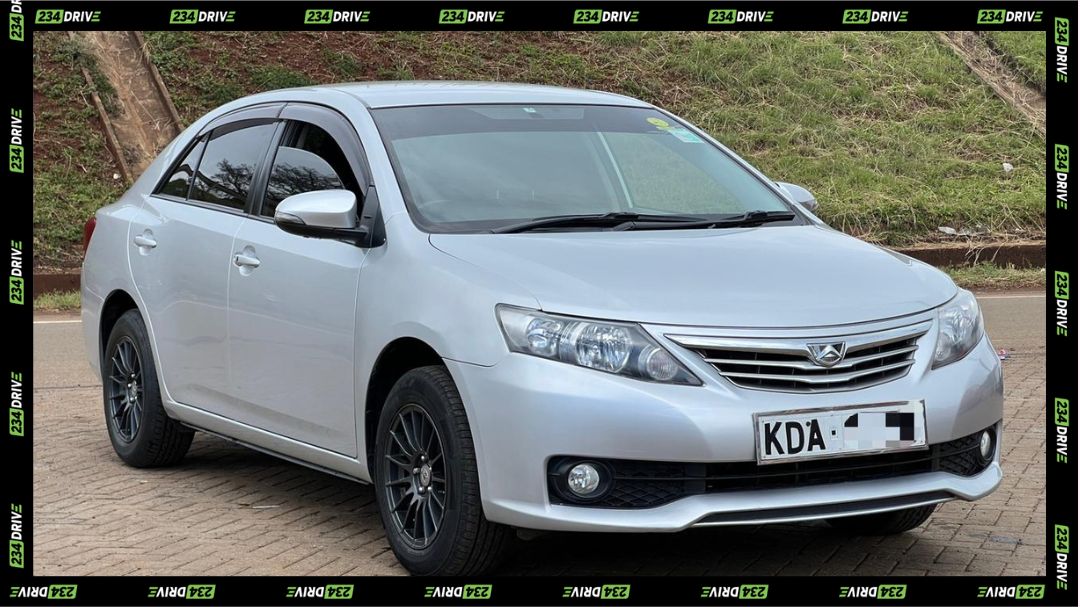

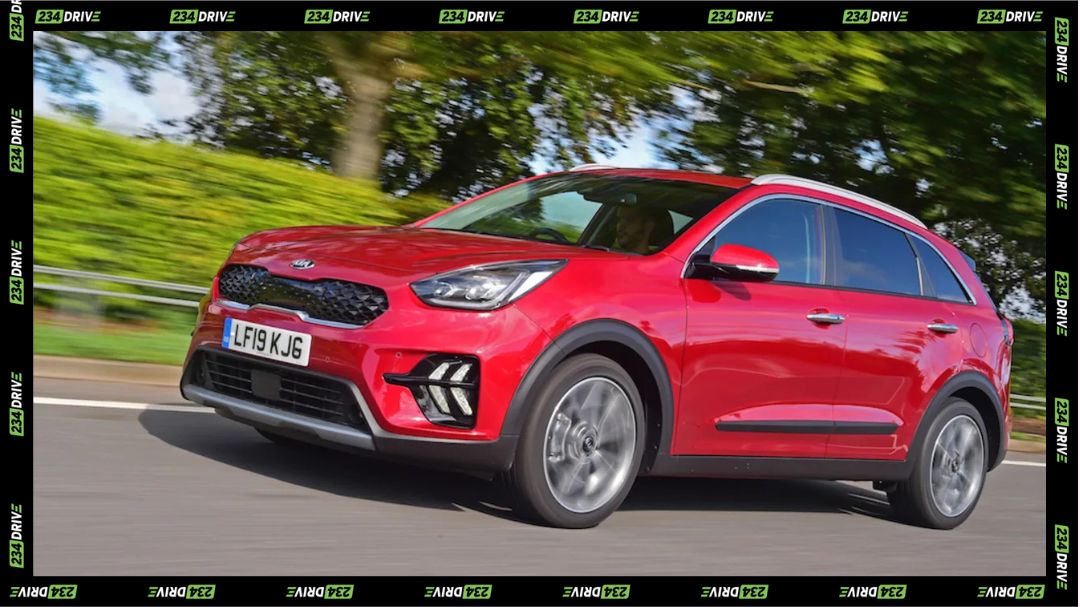
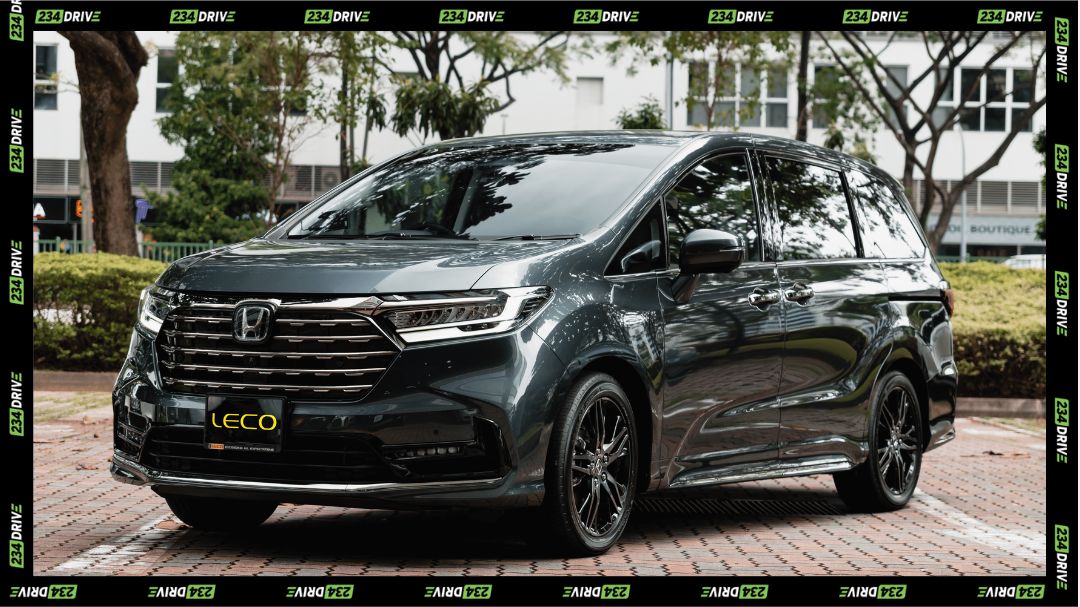

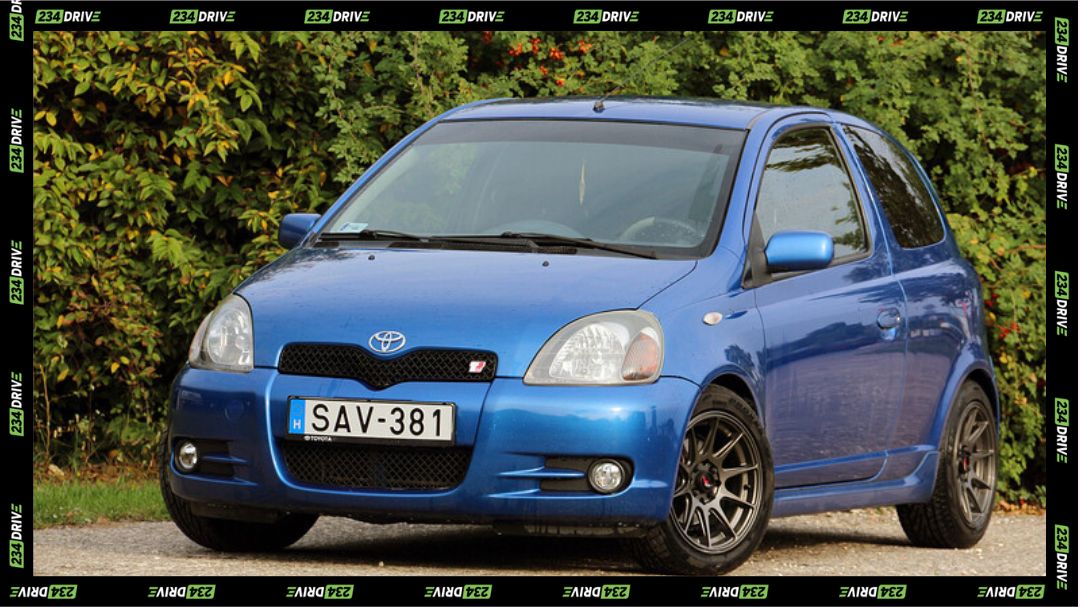
1 comment
The future has begun
PS: I enjoy the way 234 Drive writes. Frogman is doing well